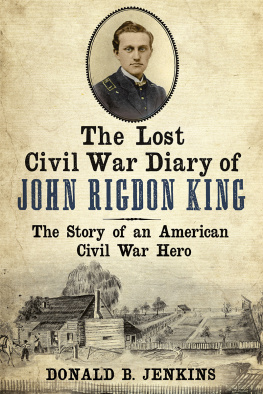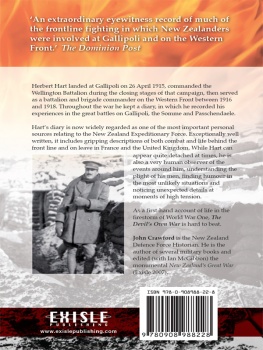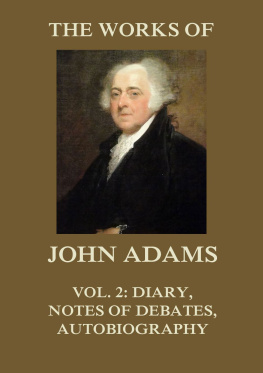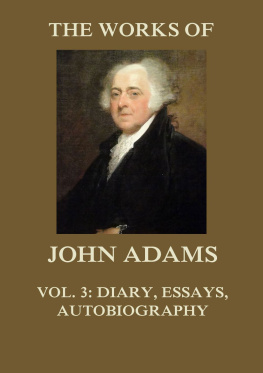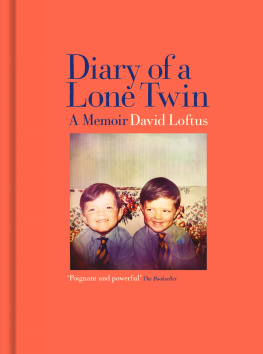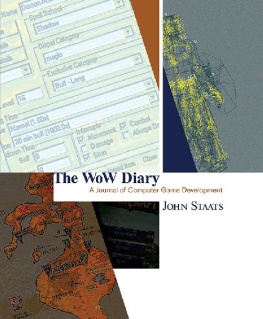DIARY
OF
JOHN MANNINGHAM,
OF THE MIDDLE TEMPLE,
AND OF BRADBOURNE, KENT, BARRISTER-AT-LAW,
1602-1603.
EDITED FROM THE ORIGINAL MANUSCRIPT BY
JOHN BRUCE, ESQ.,
AND PRESENTED TO THE CAMDEN SOCIETY BY
WILLIAM TITE, ESQ., M.P., F.R.S., F.S.A.,
PRESIDENT OF THE SOCIETY.
WESTMINSTER:
PRINTED BY J. B. NICHOLS AND SONS.
M.DCCC.LX.VIII
WESTMINSTER:
J. B. NICHOLS AND SONS, PRINTERS,
25, PARLIAMENT STREET.
TO
THE COUNCIL AND MEMBERS
OF
THE CAMDEN SOCIETY.
Gentlemen,
When you did me the honour to appoint me President of your most useful Society as the successor of the Marquess Camden, I felt anxious to express my sense of that honour by some appropriate acknowledgment.
I at first thought of printing a MS. from my own library, but, not finding one that seemed exactly suitable, in my difficulty I applied to my old and valued friend Mr. Bruce, and he pointed out to me Manningham's Diary in the British Museum as possessing a varied interest in the literary world which was likely to commend it to your notice. I willingly adopted his suggestion; and I owe to him my sincere acknowledgments for the pains he has bestowed in seeing the work through the press, and in prefacing it with an interesting essay.
I have now to offer you this copy of Manningham's little book, and to assure you how sincerely I am
Your obedient and obliged servant,
WILLIAM TITE.
42, Lowndes Square,
3rd October, 1868.
PREFACE.
The original of Manningham's Diary , which is here printed, is No. 5353 in the Harleian collection of MSS. in the British Museum. It is a diminutive 12mo. volume, measuring not quite six inches by four, and containing 133 leaves. The handwriting, of which an admirable representation is given in the fac-simile prefixed, is small, and in the main extremely legible; yet in some few places, from haste in the writer, from corrections, from blotting, from the effects of time, and from other obvious causes, difficulties have occurred in a word or two, which, even with the assistance of gentlemen most skilful in reading the old hands, have not been entirely overcome. The few instances in which the collater has been baffled are indicated by marks of doubt.
The first historical writer who noticed this little volume for a literary purpose was Mr. John Payne Collier. In his Annals of the Stage, published in 1831 (i. 320), Mr. Collier quoted from this Diary various passages connected with his special subject, and drew attention to the principal personal facts disclosed by the writer respecting himself, namely, that he had many relations in Kent, and had probably been a member of the Middle Temple.
The late Mr. Joseph Hunter was the next writer who used the work for an historical purpose. With his well-known fondness for genealogical inquiries he applied himself to determine who the writer was whom Mr. Collier had designated merely as a barrister. In this inquiry Mr. Hunter was completely successful. Pursuing the clue given by the mention of relationships in Kent in the various ways which would occur to a person skilled in such investigations, Mr. Hunter fell upon a track in which coincidences between the facts stated in the MS. and those elicited by his own researches followed one another so rapidly as in the end to leave not even the shadow of a doubt that the desired result had been obtained.
We shall briefly indicate the course by which Mr. Hunter arrived at his conclusions. It looks easy enough after the end has been attained, but it will be borne in mind that inquiries of this kind are extremely discursive. The statement of a few leading facts upon the establishment of which the final conclusion is arrived at, gives no idea of the time lost in investigations which are merely tentative. In all such inquiries we are soon reminded of the pretty passages which, after turnings and windings almost ad libitum, are ultimately found to lead to nothing.
Besides cousins of at least seven different names who are alluded to by the Diarist, several of them in connection with Canterbury, Sandwich, and Godmersham, there is one whom he specially commemorates as "my cousin in Kent" (), and whom he frequently vouches by that designation, or merely as his cousin, as his authority for information which he chronicles. This cousin was evidently the writer's most important connectionthe great man of the family. To visit him and his somewhat wayward second wife was the principal object of the Diarist's journeys into Kent. It also appears that this cousin was a man advanced in life,roughly stated to be 62 years of age in March 1602-3, and that he resided at a place called Bradbourne, in the neighbourhood of Maidstone. This last fact led directly to the identification desired.
Bradbourne was easily found. It has been for centuries a family seat in the parish of East Malling. Hasted has represented the house in one of his pictorial illustrations pretty much as it yet exists. It has been shorn indeed of many of the noble trees, of the deer, and of some of the other aristocratic adornments with which the county historian surrounded it, but it still stands a stately old-fashioned red-brick mansion, probably of the date of the reign of Queen Anne. Long before that period the same spot was occupied by a previous residence of a county family. From the time of the Protectorate it has belonged to a branch of the old Kentish stock, the Twysdens; and before they purchased it"in the reign of Queen Elizabeth," as Hasted remarks The clue was vague, but at that little chink there entered light sufficient to guide the researches of an antiquary.
The inscriptions on the older monuments in East Malling church are printed in Thorpe's Registrum Roffense. still standing on the north side of the chancel of the church to a Richard Manningham, evidently a person of importance in that neighbourhood. It is not stated in the inscription that he was the owner of Bradbourne, but he lived at the time when our author paid his visits thither, and his age, as given on the monument, although not coincident with that stated by the Diarist,for the monument declares that Richard Manningham died on the 25th April, 1611, in his 72nd year,was sufficiently near to stimulate to further inquiries. But without following Mr. Hunter step by step it will be enough to state that from the inscription he went to Doctors' Commons, where, under the vicious system of mismanagement which then prevailed, he was one of the favoured two or three who were permitted to use the testamentary records, whilst all other inquirers were excluded with a most offensive disregard of courtesy. The will of Richard Manningham helped on the inquiry very considerably. It was further advanced by an heraldic Visitation of Kent, and was finally and triumphantly concluded by an inspection of the register-books of the Middle Temple.
Without derogating in the slightest degree from the merit of Mr. Hunter's investigations, or desiring to deprive his memory of one atom of the credit which attaches to it on that account, we prefer to state the facts respecting the Manninghams in words of our own, which will enable us to weave into the narrative some additions to the results of Mr. Hunter's inquiries.
About the middle of the sixteenth century the Manninghams were a numerous family of the middle class, branches of which were scattered about in various parts of England. The Richard Manningham of the monument at East Malling was born at St. Alban's; Robert Manningham, descended from a stock which removed out of Bedfordshire into Cambridgeshire, lived and died at Fen Drayton in that county; George Manningham dwelt in Kent, and from the marriages of his female descendants in that county there probably sprang the numerous cousinred of the family to which we have already alluded. Their




